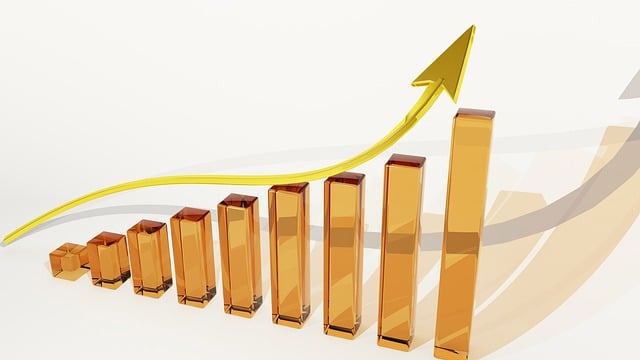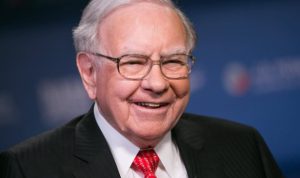Growth companies, as assessed by the Russell 2000 Growth Index, experienced the greatest and fastest rate hike in decades, plummeting more than 40% from their 2021 highs to their 2022 lows. Nonetheless, despite the fact that central banks continue to raise interest rates in an effort to control inflation, investors should keep looking for promising growth companies.
While investing in growth equities, Barnaby Wilson, a managing director and portfolio manager at Lazard Asset Management based in London, has a specialized strategy, concentrating on businesses that generate cash flow returns in the low to mid 10% range.
London-based Unilever has strong financial returns as a result of the stable brands it has built over the years. These brands are good examples of companies with pricing power. In recent years, the company has done a good job of passing input cost inflation on to customers. In addition, Unilever has a significant exposure to emerging markets, where demand typically grows faster than in developed markets. More than 50% of sales come from emerging markets.
Second, the company has exposure to some attractive end-market categories, particularly personal care and beauty products, which should grow faster than the broader market. Personal care, beauty and well-being are likely to be Unilever’s most exciting categories over the long term, while home care and nutrition could grow more slowly. This is where emerging market exposure comes in: as wealth increases, people want access to more sophisticated products. In this case, companies “upgrade” their offerings and expand their growth margins. Then they can invest back into product development and marketing, creating a kind of virtuous cycle.
How do you rate Unilever’s growth potential?
We estimate that Unilever will need to sustain its current level of financial productivity and growth for about eight years to justify its current market cap of about $125 billion. We are fairly confident that its strong brands and the growth opportunities in its categories and geographic markets will allow the company to deliver strong financial productivity and longer-term growth. Therefore, we think the stock is undervalued.
What else looks attractive to you?
RELX
[RELX], formerly known as Reed Elsevier, is also based in London and has a variety of competitive advantages that will enable it to maintain a high level of financial productivity. The company is one of the largest publishers of scientific journals that are leaders in their fields. Scientists, engineers and researchers want to read and publish in these journals. The prestige of these publications is a competitive advantage and creates a strong barrier to entry.
Much like Unilever, this isn’t the fastest growing company in the world, but it does have some growth potential. As science and research projects grow, more needs to be published, and the business will continue to grow.
What is the financial outlook for RELX?
Academic publishing revenue growth has been fairly stable in the low single digits. The business is not particularly economically sensitive, which is an attraction in a market that may experience greater volatility in the coming years. There’s room for some margin expansion as the company continues to achieve economies of scale and introduce products that allow users to access data embedded in scientific research. The business has evolved over the past 20 years from a traditional model of selling only print magazines to an online subscription-based, data-driven business, and the process continues. In a normalized environment, we expect earnings growth in the low double digits.
How much potential do you see for ASML, Unilever and RELX?
We have no price targets for these stocks and do not focus on price-to-earnings multiples. We start with the current market cap and then try to calculate – in years to come – the financial productivity and growth that companies would need to sustain to justify that market cap. We call this the market-implied competitive advantage period.
We are careful to buy companies for which competitive barriers last longer than the period of market implied competitive advantage. For these three companies, this period is between seven and nine years. In any case, we assume that the barriers to competition – and thus financial productivity and growth – will last longer. We do not quantify how long we expect the barriers to competition to last; that would require a level of precision that we don’t have. However, we assume that it will be more than 10 years in each case.





